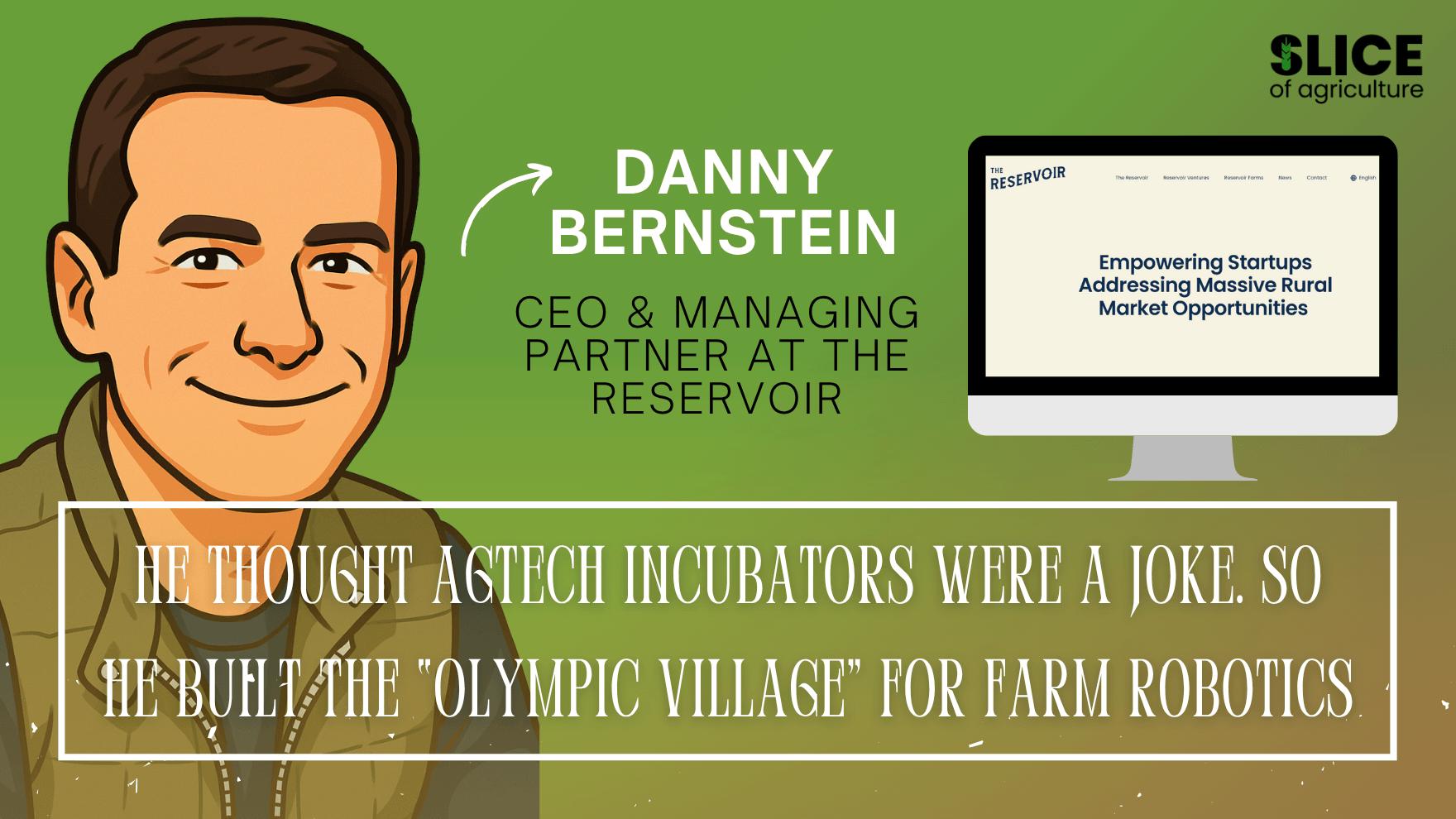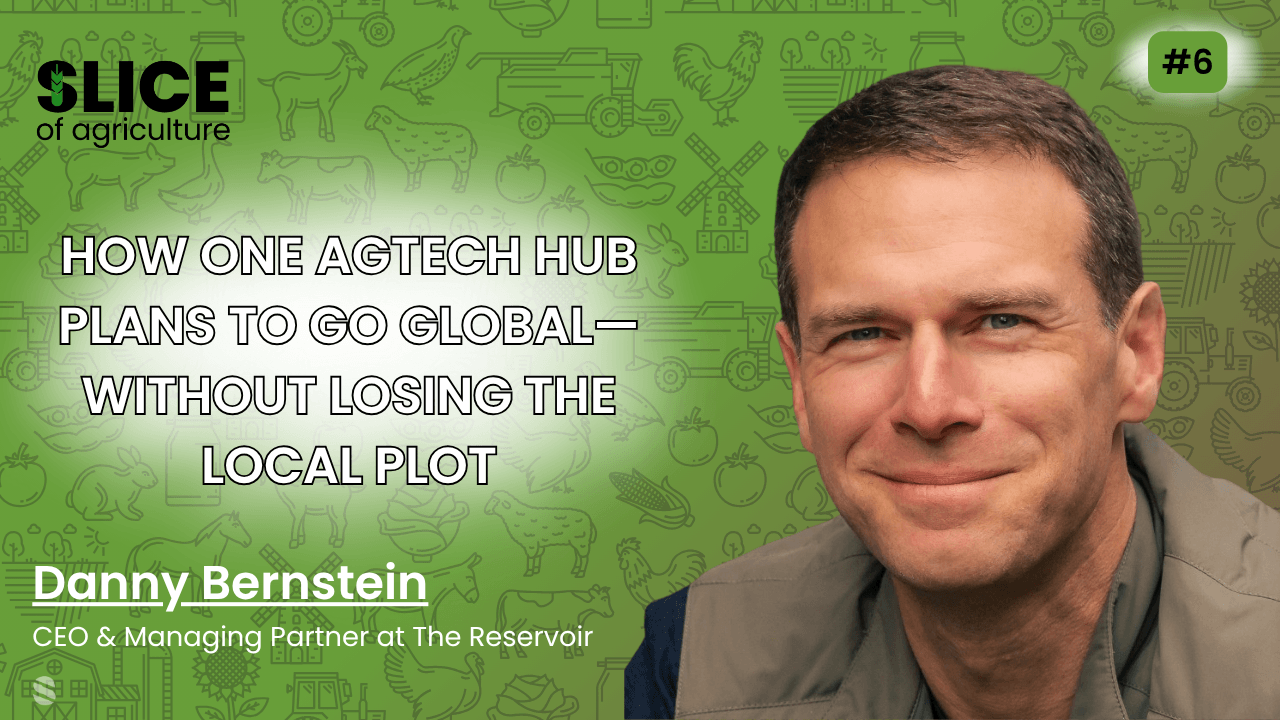
He Thought AgTech Incubators Were a Joke. So He Built the “Olympic Village” for Farm Robotics
Introduction
Danny Bernstein showed up expecting soil and seedlings. What he found instead were parking lots and ping pong tables. The AgTech incubators he'd visited felt more like co-working spaces for software startups than places where real agricultural breakthroughs could happen. So he built the kind of place he wished had existed: The Reservoir.
High-Level Description
The Reservoir is part farm, part machine shop, part international meet-up for agricultural innovators. It's built for AgTech hardware startups that need land, tools, and grower feedback on day one. Located in California’s Salinas Valley, it removes the usual roadblocks and gives founders what they need to build fast and learn faster.
How It All Started
Bernstein was expecting dirt. Instead, he found glass-walled offices and a lot of pavement.
“I saw that they're mostly office spaces. They were in places like Sunnyvale, California. So what I was expecting to find was farm access, field access, greenhouse access. But it wasn't that,” he said. “It looked like it could be an incubator for mobile gaming.”
That disconnect pushed him to launch something closer to the real needs of ag robotics teams. A place rooted in crops, not coffee bars.
Why It Stands Out
From day one, startups at The Reservoir get access to land, fabrication shops, and real growers. It’s structured to eliminate the six to twelve month scramble that most teams face just trying to get their bearings.
Bernstein puts it simply: “We want to let roboticists be roboticists.”
The model also discourages overbuilding. Too many startups try to invent everything from scratch. Instead, Bernstein teaches the 80-10-10 approach: use off-the-shelf components for 80 percent, integrate for 10 percent, and reserve the last 10 percent for true invention.
Being in a shared space also changes the game. Founders bump into each other. They swap ideas, warn each other about dead ends, and find unexpected collaborators. Bernstein calls it “the Olympic Village of AgTech.”
A Customer Story
The Reservoir opened in the fall, so most stories are just beginning. But Bernstein’s vision is clear. He expects startups to immediately connect with growers, have dozens of customer conversations, and access equipment and farmland without delay. Instead of spending months hunting for resources, they get to work right away.
Who It Helps
The Reservoir is built for AgTech hardware startups. Especially those working on specialty crops where timing is everything and grower access is key.
It’s also mindful of small farms and rural communities. Through partnerships like Pacific Ag Rentals, The Reservoir supports rental and lease-based models that make new tech more affordable. Founders learn to think beyond selling a machine. They get exposure to economic models that actually work in the field.
Expert Insights
Share Your Expert Insights
Have relevant experience or professional perspective? Add your thoughtful insights to this article.



